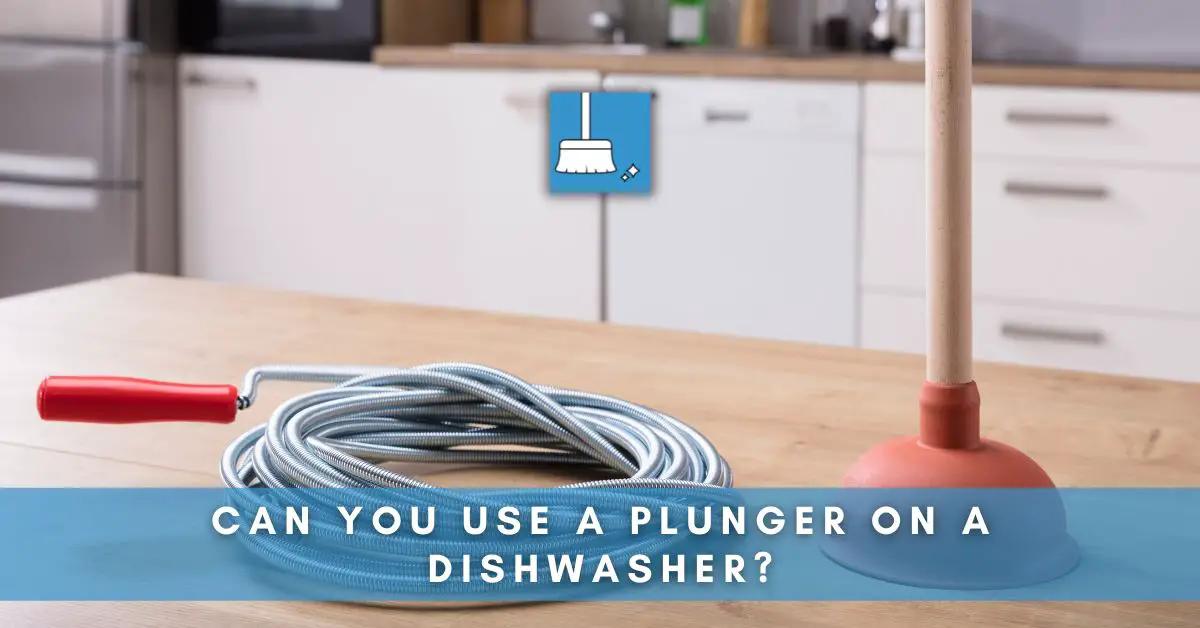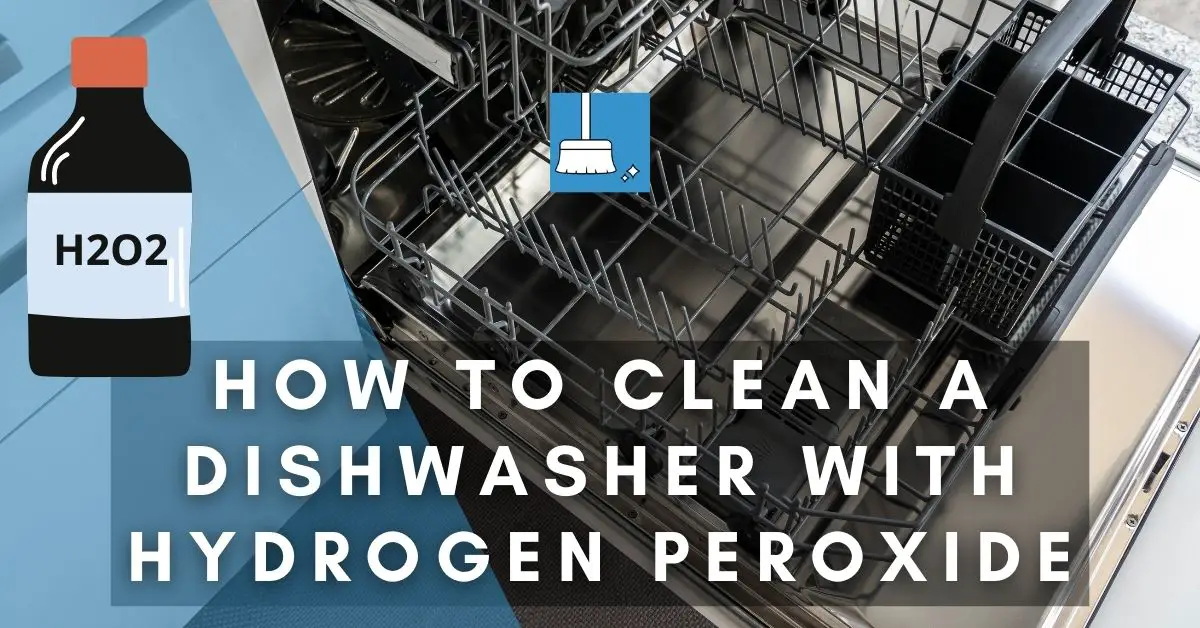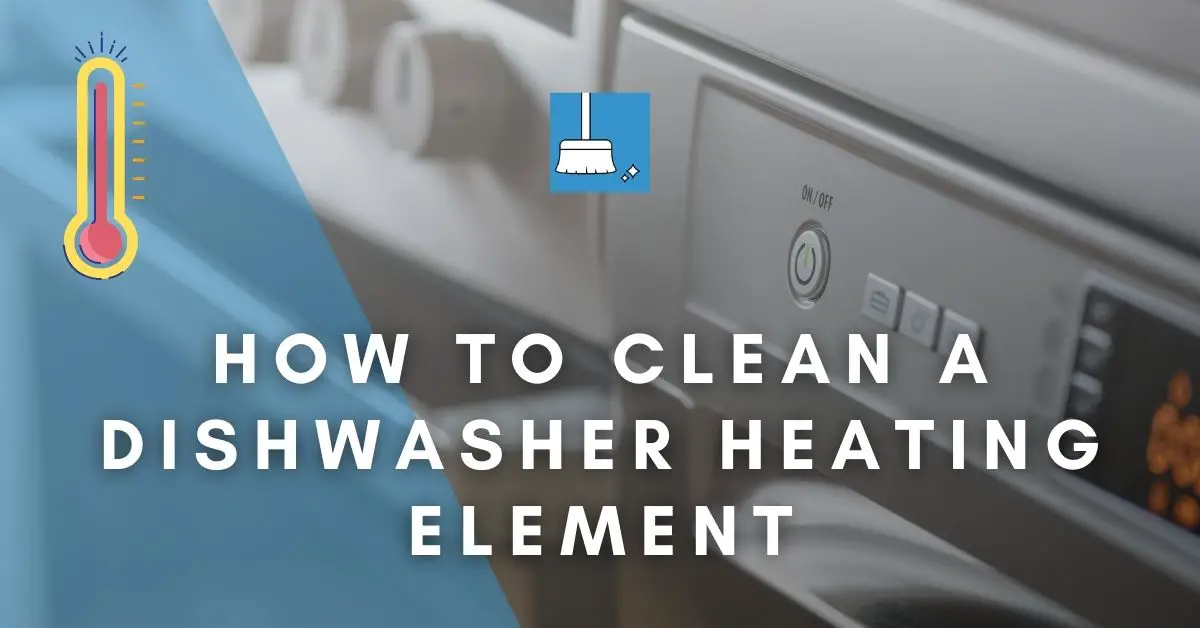You have already run your dishwasher cycle as normal, and you open it to put away the washed dishes and utensils. Instead, you find a puddle of dirty water on the bottom of the dishwasher, and your dishes are not exactly clean.
This article looks at using a plunger to decongest the dishwasher and reasons why the dishwasher does not drain out the dirty water effectively. Read on to find out what to do to unclog your dishwasher.
Can You Use a Plunger on a Dishwasher?
Dishwashers can get clogged up if the food particles are blocking the drainage. When this happens, water stagnates at the bottom of the dishwasher. This problem must be addressed before using the dishwasher again.
Plunging a dishwasher is risky as the delicate parts can be damaged while the drain hole is being plunged. If you must use a plunger, ensure you have the right type of plunger, and it must be new and clean, for obvious reasons.
Types of Plungers
There are different types of plungers available to clear clogged drains and sinks.
1- Sink plunger: These are cup plungers that work well in unclogging bath drains, shower drains, and other flat surfaces. Sink plungers can be used for the dishwasher.
2- Toilet/flange plunger: These are just like cup plungers, except that they have a flap that folds out from inside the cup. This type can be used in a sink or tub.
3- Accordion plunger: This is specially designed for toilets.
If you must use a plunger for the dishwasher, ensure it is a new one and disinfect it before using it to unclog the dishwasher.
How Do You Plunge a Dishwasher?
If you see stagnant water on the bottom of your dishwasher, you will need to unclog it. You should also check the garbage disposal pipe for restrictions. Also, check the p-trap under the sink to make sure it isn’t clogged.
YOU’LL NEED
1- Sink plunger
2- Disinfectant
3- Paper towels
STEPS
STEP 1: Disconnect the power and water supply to the dishwasher.
STEP 2: Ensure your plunger is clean and disinfected.
STEP 3: Take the dish racks out of the dishwasher.
STEP 4: Remove the stagnant water with paper towels.
STEP 5: Unscrew the lower sprayer and put it aside.
STEP 6: Unscrew the dishwasher arm and put it aside.
STEP 7: Remove the plug and filter and clean them gently.
STEP 8: Clean out the other parts removed.
STEP 9: Use the sink plunger and cover the entire drain hole with it. Gently start plunging so that the suction effect unclogs any debris that is stuck in the drain. Stop immediately if it does not seem to work.
STEP 10: Remove the debris which comes out, using paper towels.
STEP 11: Pour warm water down the drain to clear it out.
Why is There Standing Water in My Dishwasher?
There are several reasons why your dishwasher could have stagnant water inside it. The standing water is mostly due to food pieces causing a block somewhere in the drainage system, which does not allow water to drain out of the dishwasher.
The following are reasons why there is standing water inside your dishwasher: (Before checking for blockages, disconnect the power and water supply to the dishwasher).
1- Clogged Garbage Disposal: A dishwasher is connected to a drain hose, which drains out the dirty water. The drain hose can either be connected to the kitchen sink line or the garbage disposal.
A clogged-up garbage disposal can cause water to stagnate in the dishwasher. Use a flashlight to check if you can see the cause of the blockage.
You can sprinkle baking soda, and then vinegar into the garbage disposal. Then, run water to clear it out. You can run the dishwasher to see if the problem has been solved.
2- Dirty Filter: The filter in the dishwasher could be blocked as well, thus not allowing water to drain out properly. The filter stops food scraps and other items (such as stickers from new plates, and utensils) from going into the drain hose.
Read the dishwasher’s instruction manual on how to remove it, gently clean it, and then put it back.
3- Clogged Drain Hose: The drain hose could have a clog as well. Disconnect the hose from the dishwasher and use a plumbing snake (it is a flexible tool to remove blockages) to remove any clogs. Then, flush out the drain with a high-pressure garden hose.
Another alternative is to mix baking soda and water in equal parts (1/2 cup) and pour it down the drain line. Then pour ½ cup of vinegar into the drainpipe. Wait 15 minutes, and then pour hot water
4- Clogged Air Gap: If you use an air gap, it may be clogged with debris. This can cause water to stagnate in the dishwasher. Twist open the air gap and check for grime. Clean it out with a pipe brush and twist it back.
If, after checking your dishwasher as per the above suggestions, the problem of stagnant water persists, consult a plumber.
Other Easy Ways to Unclog a Dishwasher with Standing Water
There are other ways to unclog a dishwasher that does not drain out dirty water:
1- Make a solution of baking soda and vinegar, of equal parts, and pour it onto the bottom of the dishwasher. Then, run a cycle on the highest heat allowed.
2- Remove the spray arms of the dishwasher and inspect for blockages. Clear out each spray hole gently with an old toothbrush. Soak the spray arms in warm, soapy water, and then attach them back to the dishwasher.
3- There could also be a kink in the drain hose that causes the water to get stuck instead of being allowed to flow out. Check the hose and remove any kinks or folds.
4- Snake the dishwasher drain. This should remove debris and unclog the drain.
If the above suggestions do not work and the dishwasher does not drain out the dirty water, call a plumber to look into it.
How Do You Prevent the Dishwasher from Clogging Up?
The following are ways to prevent the dishwasher from clogging up:
1- Rinse your dishes to clear out grease and large food particles before placing them in the dishwasher.
2- Deep clean the dishwasher once a month. To do this, place a bowl of white vinegar on the bottom of the dishwasher and run a hot cycle. Then, sprinkle some baking soda on the bottom of the dishwasher and run another hot but shorter cycle.
Vinegar loosens debris and grease from the interior of the dishwasher. Baking soda leaves the dishwasher sparkling clean and removes any odors.
3- Regularly remove and check the filters and clean them gently to remove grime and grease.
4- Hard water residue can eventually build up in the dishwasher and other appliances. Consider using a system that converts hard water into soft water.
Preventing the dishwasher from clogging up is better and cheaper than fixing a dishwasher that cannot drain water out as it should.
Other Signs that Indicate a Blockage in the Dishwasher Drainage System
Dishwashers do not become blocked overnight unless there is a heavy load full of very dirty dishes and utensils. Generally, the build-up of debris is gradual.
Note some of the signs that can indicate a blockage:
1- Foul odors caused by the build-up of muck.
2- Abnormal noises coming from the dishwasher. Any noise different from the normal sounds indicates something is amiss.
3- Water in the kitchen sink. The dishwasher and kitchen sink share the same drain line. Water backing up into the kitchen sink implies a blockage in the system.
Always pay attention to any signs which are out of the ordinary.
Final Thoughts!
Dishwashers need to be deep cleaned once a month. If you see standing water on the bottom after a cycle, it indicates there is a block somewhere in the dishwasher drainage system.
Investigate the cause of the blockage, starting with examining the dishwasher drain, and the dishwasher hose, then looking into the kitchen sink and garbage disposal.
If you cannot locate the cause of the clog or are unable to fix it, call an experienced plumber to investigate it.






